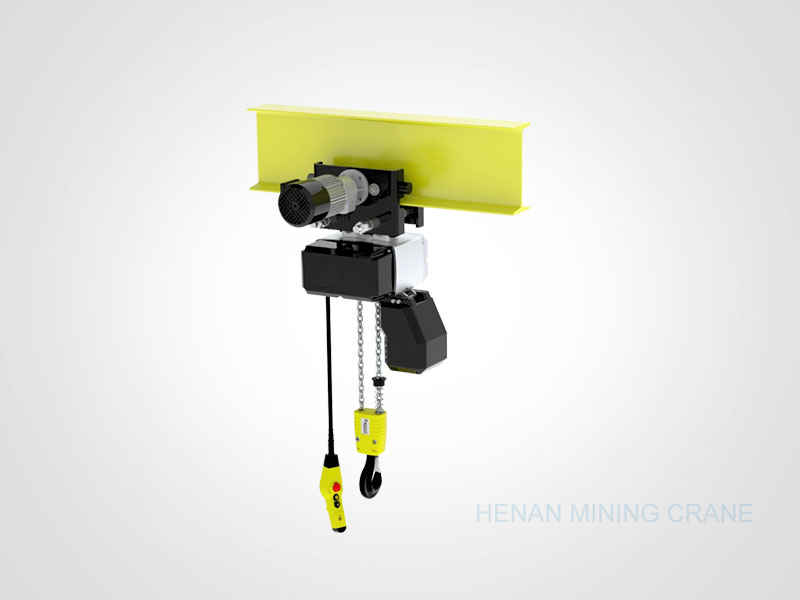Abstract: This study explores the transmission characteristics of centrifugal pumps by introducing torque parameters of rotating shafts, focusing on the dynamic response of pump shaft torque. By analyzing the transfer matrix and evaluating system disturbance sources, we investigate the fundamental dynamic behavior of the hydraulic system. The results confirm the feasibility of using experimental methods, data processing, and pattern recognition of transmission coefficients. The observed torque response shows a symmetrical distribution similar to water pressure, despite being influenced by other factors. The extended transfer matrix reveals distinct characteristics between torque transmission and hydraulic parameters, with transmission coefficients showing a linear relationship. Disturbance source analysis validates the accuracy of the method from an application perspective.
Keywords: Centrifugal Pump System, Extended Transfer Matrix
Research on the POGO phenomenon in aerospace engineering has significantly advanced the understanding of hydraulic machinery transfer matrices. However, most studies focus on dynamic stability in the frequency domain, often relying on assumptions such as uniform flow, negligible flow velocity, plane wave propagation, and linear transmission. Acoustic techniques further support accurate and fast experimentation. Traditional transfer matrices typically include pressure and flow fluctuation vectors, capturing essential aspects of hydraulic dynamics. While this approach is reasonable for initial research, it becomes necessary to extend these matrices to incorporate additional parameters like pump shaft torque, rotational speed, and guide vane opening as research progresses. Such extensions, though more complex, allow for a deeper understanding of mechanical properties when conducted systematically, based on objectives, facilities, and data processing capabilities.
This paper presents an experimental investigation on the dynamic transmission characteristics of pump shaft torque conducted at EPFL_IMHEF, Lausanne, Switzerland. The study focuses on the torque-actuated response, the derivation of the transfer matrix, and internal disturbance sources. It examines the correlation between torque fluctuations and hydraulic parameter variations, aiming to determine their characteristic transmission relations.
1. Experimental Setup and Data
1.1 Experimental Setup
The PF4 test bench, used for the EPFL_IMHEF study, features a Francis pump turbine with a specific speed of nq = 39 (ns = 3.13nq), an impeller diameter of 152 mm, and seven blades. A 30 kW DC motor drives the pump, maintaining a constant angular velocity. At 2000 rpm, optimal flow and energy conditions are Q = 9.5 L/s and E = 85 J/kg. The hydraulic pipeline includes two pressure steel pipes with inner diameters of 100 mm (high pressure) and 150 mm (low pressure). Three pressure sensors and two water acoustic filters are installed, ensuring zero impedance boundary conditions. Valve actuators and strain gauges measure pressure and torque fluctuations, respectively.
1.2 Important Concepts
To ensure accurate data interpretation, key concepts such as excitation oscillation and wave transmission are defined. An induction motor-driven rotary valve generates periodic perturbations, creating controlled disturbances in the hydraulic system. The excitation signal is analyzed through frequency response and amplitude changes, revealing insights into the system's dynamic behavior.
1.3 Data Processing
Time-domain data from the experiment is processed using Fourier transforms, enabling the calculation of wave velocity and transmission coefficients. Signal reference channels are selected to minimize errors, and the results are normalized for comparison across different frequencies.
2. Torque Fluctuation Response
Pump shaft torque fluctuations are linked to hydraulic pressure variations via the impeller. Although both signals originate from different physical media, they respond differently to the same excitation. The torque response exhibits a nearly symmetric distribution but is influenced by factors beyond the excitation frequency, such as the pump’s rotational frequency. The power spectrum reveals a triangular shape, with lower amplitudes compared to the rotational frequency.
3. Transfer Matrix
Under linear propagation assumptions, the transfer matrix incorporates pump shaft torque parameters. The matrix equation describes the relationship between pressure, flow, and torque, with coefficients representing hydraulic and mechanical characteristics. The extended matrix allows for a more comprehensive analysis of energy conversion and system dynamics.
4. System Disturbance Source Analysis
By considering internal disturbance sources, the transfer matrix can be validated. The analysis shows that significant disturbances occur at integer multiples of the rotational frequency, confirming the influence of mechanical components on the system’s behavior.
5. Conclusion
This study demonstrates the feasibility of extending the basic transfer matrix to include pump shaft torque, enhancing the understanding of hydraulic system dynamics. The results validate the method’s accuracy and provide a foundation for future research. The work was conducted at EPFL_IMHEF, and the authors acknowledge the support of the team there.
Chain Hoist
Chain hoist is a type of lifting device that uses a chain to lift and lower heavy loads. It typically consists of a chain, a lifting hook, and a hand-operated or motorized mechanism that moves the chain and hook up and down. Chain hoists are commonly used in industrial settings such as factories, warehouses, and construction sites to lift and move heavy equipment, machinery, and materials. They are available in various sizes and capacities to suit different lifting needs.
The lifting capacity from 0.2 ton to 20 ton, lifting height 2 m to 50 m, chain hoists are widely used in different places such as workshop, warehouse, port, maintenance workshop, etc. as a part of Overhead Crane, Jib Crane , Gantry Crane, Port Crane, etc.038

Chain Hoist,Electric Chain Hoist,Dead Slow Electric Chain Block,Electric Manual Operation Chain Hoist
HENAN MAJOR INDUSTRIES IMP. & EXP. CO., LTD. , https://www.henanminingcrane.com
